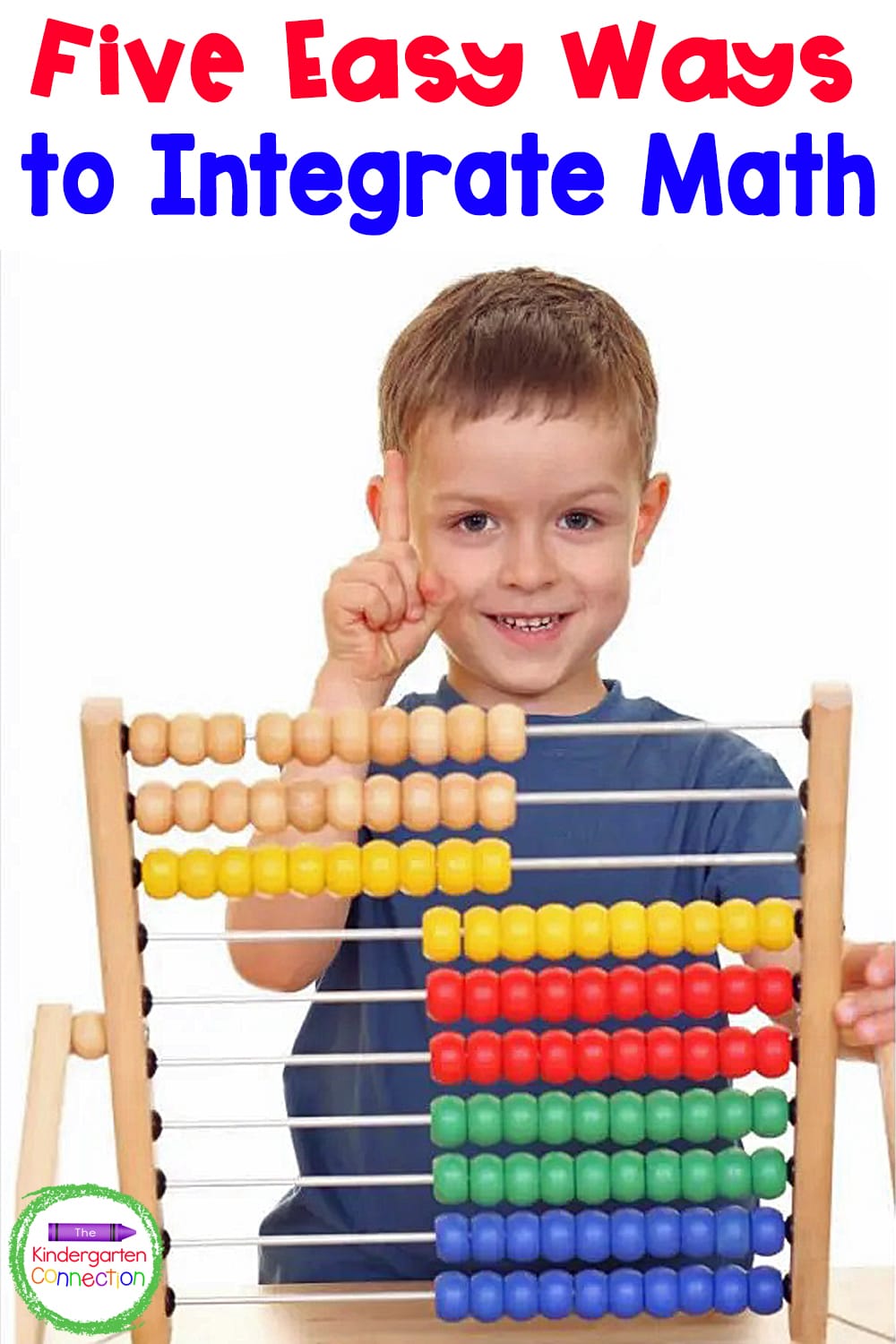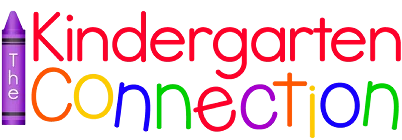Five Effective Tips for How to Integrate Math
This post contains affiliate links for your convenience. View our full disclosure policy here.
As teachers, we should be doing our best to integrate math into all content areas, reinforcing what we are teaching during our math block throughout the day. I know this sounds like just one more thing to do in a day that is already so packed you’re doing all your lesson planning and grading at home anyway. But, let me bring good news – there are five very effective ways to integrate math that require no extra planning or prep work!
*Pair with our Roll and Color Math Games for the Year!

Five Effective Tips for How to Integrate Math
While any given mathematics curriculum may have each day’s teaching planned out in precise concepts and activities – a specific map to success for us to follow, in reality, we cannot assume that following the curriculum is all we have to do to ensure our students are learning. Rather, we should be thinking like true mathematics teachers.
In considering your approach to teaching mathematics, it is important to understand how math concepts are constructed. Not just through a group lesson followed by independent practice. Mathematical concepts are constructed by practice in multiple methods, which is exactly the case for integrating math throughout the day and into many different subject areas.
The first way:
Use math language and engage students in mathematical talk whenever possible. Mathematical talk can happen anywhere and at any time. It is as simple as commenting on the number of something, the patterns or shapes, or how many more of something there is. For example, when a student comes in and says to you, “Look at my new t-shirt. Do you like it?” Instead of answering with a simple “Yes,” give a quick comment about why. “Oh, I do like all those stripes. They make such a lovely pattern. Can you read me the pattern the stripes on your shirt make?”
The second way:
Engage students in purposeful play and activities. As teachers, we know how important it is to defend every move we make in the classroom, but just because something ticks the box for a given math standard does not mean that it is the best activity we should be using.
Think about these two activities: coloring, cutting, and pasting shapes on a worksheet, or using special “I Spy” glasses to find said shapes in a given area of your classroom and finding a second item that matches in shape. Coloring and cutting are valuable for building fine motor and they do have a purpose (I use those activities in my room at times as well), but why not combine the two to incorporate more play-based learning? Better yet, extend that “I Spy” activity to discuss how the two found items are different, even though they are the same shape. This is a visual discrimination skill, and could even be extended to shapes we see in letters.
The third way:
Provide a mathematically rich environment. We hear of literacy-rich classrooms all the time, but when was the last time you sat back and thought about how mathematically-rich your classroom is? Do you have numbers labeling steps in a set of tasks, or shapes to identify small groups, or graphs of who is having what for lunch? Just like literacy-rich classrooms have letters and words abound, a mathematically rich classroom should have numbers, graphs, colors, patterns, and shapes at every turn.
The fourth way:
Sing, chant, and read poetry. It’s all related to math. Even a simple nursery rhyme such as “Mary Had a Little Lamb,” is full of math concepts. Children can repeat the rhythm by clapping, or better yet, make patterns to the rhythm. Children can count how many times the name Mary is sung, or graph the sight words in the song.
RELATED RESOURCE: Circle Time Chants and Activities for Pre-K & Kindergarten
The fifth way:
Read picture books, even during math block. It’s amazing how many children’s books are full of math concepts. From counting books and cookbooks to science picture books and fairy tales. Just about any book can be used to reinforce math concepts. Reading a few picture books as children come in from lunch? Take a moment at the end of each page to ask mathematical questions, not just literacy-based questions.
Integrating Math into All Teaching
It’s easier than you think. And it is something we should all be doing. Our students have the potential to become great mathematicians if we provide them with a strong foundation. This foundation will not come from simply following a set of instructions in a heavy spiral bound teachers’ manual, it comes from integrating math and reinforcing those math skills at every chance we get.
*Guest post by Sarah from Stay at Home Educator
Want unlimited access to even MORE of our activities and resources? Join us in the Print and Play Club!
Your planning will be so much easier with instant access to:
- hundreds of printables
- every TKC resource
- video lessons
- a digital games vault
- Pre-K and TK Scope & Sequence
- a PLAYlist of fun songs AND activities
- professional development
- additional teacher resources…
Be sure to request an invitation so that you don’t miss your chance to be part of the best early childhood club around!
- The Literacy-Rich Classroom - December 15, 2022
- Teaching Phonics – Your Questions Answered - November 17, 2022
- 22 Telltale Signs of a Reading Disability - November 2, 2022


